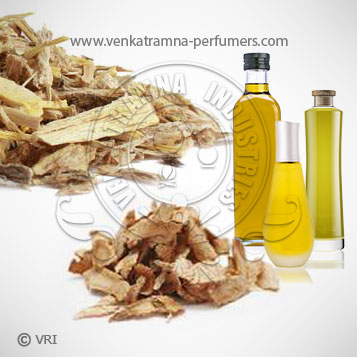
| Botanical Name | Angelica archangelica Linne |
| Common Name | Angelica Seed Essential Oil |
| Country of Origin | India |
| Solubility | Soluble in alcohol and oils. Insoluble in water. |
| Specific Gravity | 0.85000 - 0.88000 |
| Optical Rotation | 20-46 @ 20°C |
| Refrective Index | 1.46900 - 1.47800 @ 20.00°C. |
| PlantPart | Roots |
| Bland With | Patchouli, sandalwood, clary sage, vetiver, frankincense, cedarwood, neroli, petitgrain, lemongrass, orange, lime, lemon, mandarin, bergamot and grapefruit. |
| CAS No | 8015-64-3 |
| Flash Point | 113°C |
| Extraction Method | Steam Distilled |
Angelica Root Oil is derived from Angelica herb that is cultivated for essential oil extraction in countries including Germany and Hungary. The whole plant is aromatic and grows to about six feet high and has dramatic spherical heads of tiny flowers. The pungent root is used extracting oil, which acts as a cleanser & detoxification. It is very beneficial for reviving dull skin as well as helps in ailments like exhaustion, gout, toxin build-up, psoriasis and water retention. Angelica has long been used in traditional East Asian medicine, dating back to 400 BCE as one of the first drugs recorded in China. Still used today in Chinese medicine, it is taken as a tonic to improve gynaecological and general health in women.
Angelica Root Essential Oil also has a history of aromatherapy use towards combating stress, anxiety and exhaustion. The aroma of Root Oil to be pleasant. It is known for its use in perfumery and fragrance. It's woody and peppery aroma blends well with wood oils like Cedarwood, Juniper Berry Essential Oil, some of the spice oils, and blending it with Orange or Bergamot Essential Oils. Angelica Essential Oil is extracted from the roots and seeds through a process of steam distillation. Originating from Africa and now native to northern and eastern Europe as well as parts of Asia, the Angelica plant is a large, water-loving herb with small, white-green flowers. As the Black Plague swept through Europe, Angelica Essential Oil was introduced by Royal Prescription as it was believed to be the antidote.
Color : Light yellow to orange-brown viscous liquid with,
Aroma : It is said to have a peppery top note with a herbaceous, earthy, woody notes and a spicy undertones.
camphene, a-pinned, B-pinene, d-3-carene, sabinene, a-phellandrene, limonene, myrcene, B-phellandrene, trans-ocimene, cis-ocimene, p-cymene, copaene, bornyl acetate, terpinolene, terpinen-4-ol, B-bisabolene, cryptone, humulene monoxide, pentadecanolide, tridecanolide,linalool and borneol.
Angelica Root Oil has been used for rituals, purification and against infections for many years. This oil comprises of an extensive therapeutic repertoire that enables it to enrich and rejuvenate the body. It assists in both winter wellness and vitality while enhancing energy levels. It is being used since the middle Ages as a natural restorative or health tonic to improve immunity and wellness. Angelica Root Oil in Pharma It has various pharmacological benefits, The Oil is both a diuretic (promotes urination) and a diaphoretic (promotes sweating), which makes it great for detoxing the body. Angelica Essential Oil can help speed up the removal of toxins from the body. Spasms can affect multiple processes within the body, including the nervous system, respiratory system, muscles and joints. This can result in cramps, coughs and aches. The Oil has potent relaxing properties to relieve spasms and act as a natural pain reliever. Essence of Angelica Root Angelica Root Essential Oil also has a history of aromatherapy use towards combating stress, anxiety and exhaustion. The Root Oil is said to be a key ingredient in the flavoring of Benedictine and Chartreuse, both distinctively flavored liquors. Angelica Root Essential Oil smells fresh, peppery, woody and herbaceous.